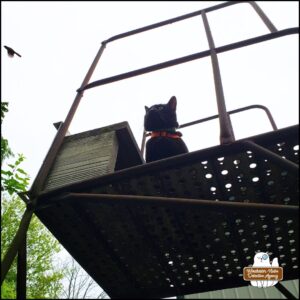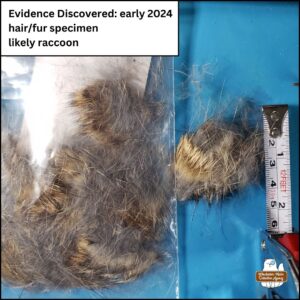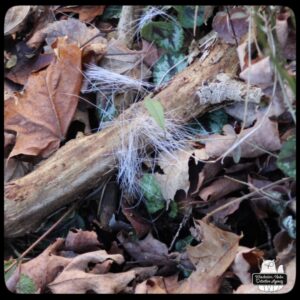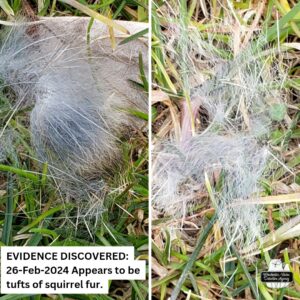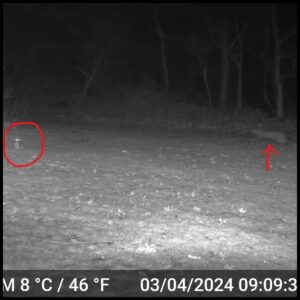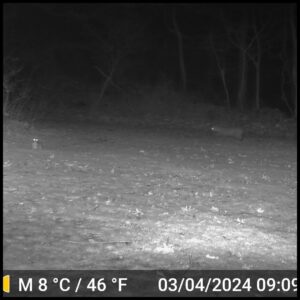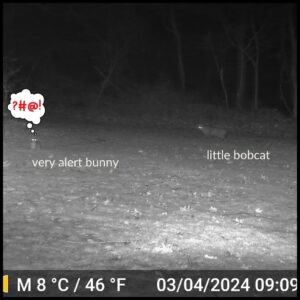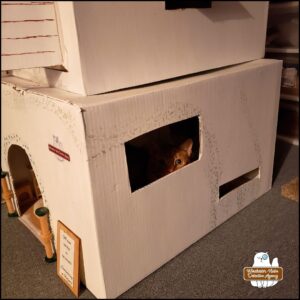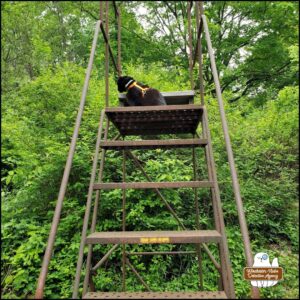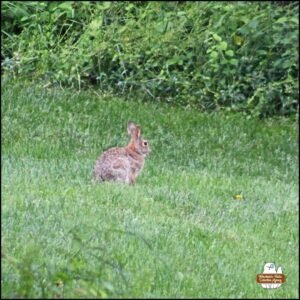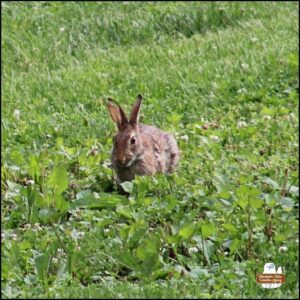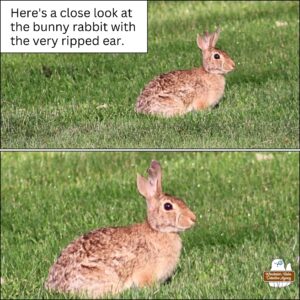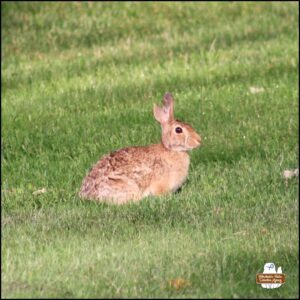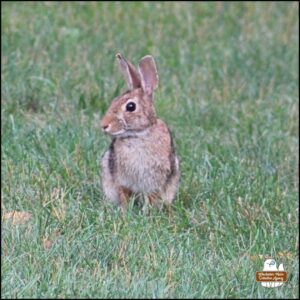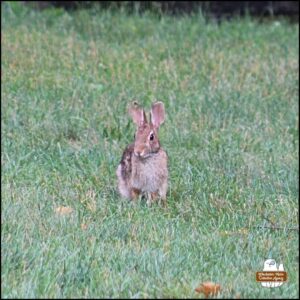This work is supported by the generous backers who adore my cat stories at Patreon.com/amberunmasked and they also get first access to what’s happening with my books and projects.
Where We Left Off:
There are too many free-roaming cats in the area. Some are part of families; others are strays. We identified the tuxedo cat and followed the evidence to determine what happened to him.
The Case of Bibbo Bibbowski:
Now that Spring has come and gone and we are deep in the “swamp pants” of Summer, we’ve gotten to know some of this year’s new wildlife and cryptid critters. Among them, we have triplet chipmunks at the junkyard and possibly twin bunny rabbits. Oliver and Gus have not been able to tell which bunny creatures are related. We’re thinking one of them is older—maybe a parent or older sibling. Another also seems to have some special abilities. Is this a new kind of a wolpertinger or a completely different species of maging? We’ll investigate that next time. Today, we’re focusing on one of them in particular.
How the Winchester-Nabu Detective Agency identifies bunnies and maging rabbit creatures:
- Ear notches
- Other physical traits and markings
- Photographic comparisons
The ear notches in our local bunnies appear to be distinct so I’ve been using them to ID most bunnies like scientists do with shark and whale fins. If a rabbit’s ears are not able to be used for identification, I look for other distinguishing marks. Silver Blaze has an unmistakable sliver of white down her forehead. Otherwise, ears have been quite useful.
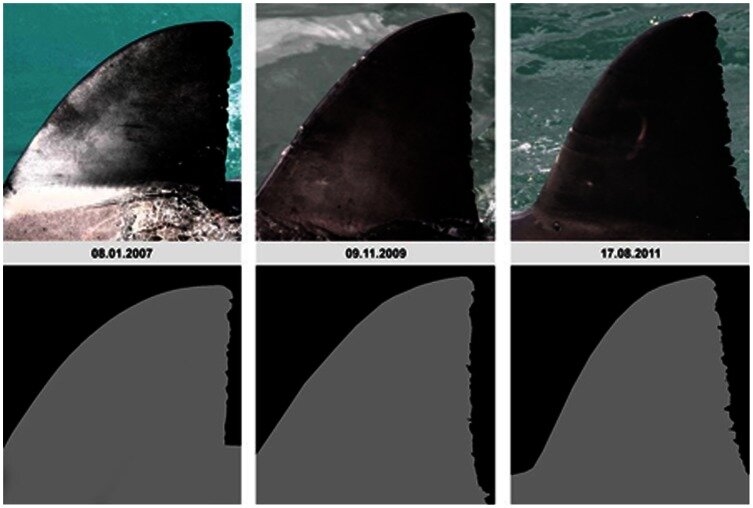
We didn’t have a lot to go on for being eyewitnesses. Eyewitness are typically unreliable anyway. I wasn’t close enough to observe the rabbit for long periods of time to note his physical traits. There was no chance of me getting a sketch artist. And have you seen me try to draw? That meant we were relying on trailcam images, videos, and my personal photography. The one thing worse than my photography is my attempt at drawing.
Victimology
Name: Bibbo Bibbowski
The earliest record we have of the rabbit known as Bibbo Bibbowski with his distinct Split Ear was May 5th (Cinco de Mayo!). We can only guess that this fuzzy fellow was part of the trio that got captured on the trailcam on March 16th at 03:30 in the morning.
As per protocol, I tried getting as many usable photographs of this rabbit as possible. Oliver is quite out of patience with my inability to take a picture in focus. He’s not wrong.
That’s hard enough when there’s a large unexpected cryptid in view, but I agree with him. By now, I should be able to photograph rabbits. I got my Canon EOS T7 during the first spring of the pandemic. And as much I’d love to add a 400mm lens to a shopping cart, I’m not willing to beg, borrow, nor steal $12,000 to get one.
The first time Gus noticed that this individual bunny had a more substantial sized notch in its ear, he spoke up.
“Hey, you see that?” Gus stood with his front feet up on one of the dining room windows while he peered out (over the porch filled with junk) to the square of green grass.
“Aww, a bunny creature!” I quickly ascended the stairs to our office and grabbed my camera. I returned to the dining room and was shocked that the rabbit was still there and close to the back porch. “I wonder if I can get any decent shots through the windows.”
I hadn’t noticed the ninja-like soft paws of Oliver Winchester enter the room. Ollie joined Gus on the ledge against the windows to see the critter for himself. “I wonder if you can any decent shots period.”
I might be taller than two adult cats standing up against a window, but I’m still short by human standards. I had to try and photograph the rabbit on the lawn by stretching myself taller than my feline obstacles.
Later, I uploaded (or downloaded?) the images from my camera to my phone then to the computer. With the largest screen of the three, the computer showed details that I thought were flaws on the image. I thought I was seeing one and a half ears. Was this more of my terrible photography? Fortunately for once, the photo was crystal clear despite being shot through a window.
This bunny’s ear looked like someone had taken a big bite out of it!
“I didn’t do it!” Gus said before anyone had the chance to accuse him.
“I know you didn’t.” I looked over at Ollie to see if he had any concerns about Gus being the culprit—not that there was wrongdoing determined yet.
The weeks sailed on as Gus and I continued to patrol on the ground while Oliver stayed on his observation deck or at the French doors of his patio. Gus and I were waking up around 5AM (05:00!) when it was still cool and the sun wasn’t over the trees. Per Ollie’s strong suggestion, I began checking the trailcams more frequently.
There were always hundreds of files to delete of landscaping, excavating, vehicles triggering the motion detector, and sometimes even the wind setting off the cameras. Do I get thanked for this arduous task? No, I do not.
The notch in this bunny’s ear grew into a long vertical laceration like some obscure body modification by people who want to be famous by having their photos taken. In the middle of June, there was no doubt about this rabbit’s physical trait. I hesitate to use the word deformity just because he’s different.
Manner of Irregularity Considerations
- assault (intentional) by another party
- congenital
- accidental by another party
- accidental but self-inflicted
- negligence by another party
Research Methods
As stated, the main focus of solving the case about who or what injured the rabbit to cause a severe vertical splice through one ear was mainly photographic evidence. This included trailcam footage and personal photography.
Oliver combed through one of our evidence crates to see if there were any hair samples around the time of this rabbit’s appearance. If we had evidence of an attack that could take us one step closer to proving the laceration was caused by another animal and not an accident. Three specimens were retrieved and examined. None of them looked like rabbit fur.
Was This Rabbit Injured Intentionally, Accidentally, or Born This Way?
We know Gus didn’t attack the rabbit, but that doesn’t mean someone else couldn’t have done it. Then again, as Gus, Ollie, and I have dedicated hours to Lepus study which has shown that their physical traits go through alterations as the animals grow up. Since these are not pets, we’re not ruling the case as neglect.
Assault (intentional) by another party:
Suspect #1 – The Tabby
As I constantly mention, there are other domestic felines roaming through the Winchester-Nabu estate. Since the disappearance and presumed death of Mittens, we’ve had more frequent visits from a particular tabby. The Cook has been fiercely protective of Oliver since this cat has started coming around. It goes wherever it wants and there is footage specifically of it hunting.
Suspect #2 – El Diablo the Raccoon
El Diablo is the largest of the raccoons. He chases the rabbits for sport and to be a bully. He can be a real butthead with other creatures. Of the three top suspects, a raccoon is the least likely to fight a rabbit. They have no need for it. It’s not a food resource for them and there’s not usually anything competitive between them. There’s footage of El Diablo chasing a rabbit at the end of the Silly Bunnies video, but here it is isolated to that clip.
Suspect #3 – A Bobcat
This suspect is our most intriguing—a bobcat. The end up on the trailcams more often during their mating season as winter ends and spring begins. On March 4th, a juvenile (purely guessing by size) bobcat stalked a cunning bunny who dodged the attack. The rabbit got away to safety from what we can tell from the video. There’s no data to say that it went out of frame and was killed by the bobcat.
Genetic Trait:
Congenital—as with other animals (like the sharks) including other cottontails, it’s possible that this ear notch is genetic. As for why it evolved with a long vertical slice, all we could come up with regarding genetics is akin to other mammals like humans having either attached earlobes or separated earlobes. The problem with that, according to Oliver, is that more recent science brings ear genetic traits into question. Great.
Oliver read to me from a white paper:
“The study was an international collaboration involving investigators in the United Kingdom and China and included data from the U.S.-based personal genetics company 23andMe Inc.”
“Ugh. Not them,” I said. “The topic of genetic data privacy is on fire right now. We know enough about it from CrimeCon. Some companies promise to keep certain information from law enforcement and only provide likely familial matches, but I don’t trust them.”
“Data breaches happen all the time.” The Butler entered the room seemingly out of nowhere. He was our personal I.T. security expert as well Chore Chief.
Ollie read the paper’s conclusion:
“We’ve got these 49 genes that we know affect earlobe attachment, but we don’t know how they work together or interact with one another,” said Feingold, also senior associate dean at Pitt Public Health. “Figuring that out is the next step.”
Accidental by Another Party or Self-Inflicted:
Accidents were a possibility since—as covered in previous case files—the pristine qualities of this little hillside are gone and covered with all sorts of rusty metal things (cars, trucks, appliances, livestock trailers, etc.). Animals getting injured by this “collection” of garbage has been one of my main concerns.
Case Findings:
The case of Bibbo Bibbowski’s ear stumped all of us. It was a good thing we weren’t on a mundane world jury because we would have been stressed out and arguing every day. After deliberating over all the evidence and possibilities, we came to the conclusion that this irregularity is congenital. The split has gotten longer as Bibbo went through normal daily activities like grooming, scratching, and navigating through bushes with low branches. As much as we’d like to blame the mountain of rusty junk, that wasn’t the cause.
Case Status: Closed
Resources & References:
Towner, A.V. et al. (2013) Gauging the threat: The first population estimate for white sharks in South Africa using photo identification and automated software, PLOS ONE. Available at: https://journals.plos.org/plosone/article?id=10.1371%2Fjournal.pone.0066035 (Accessed: 30 June 2024).
Feingold, E. and Shaffer, J.R. (2017) Large pitt-led study uncovers complex genetics behind Earlobe Attachment, University of Pittsburgh. Available at: https://www.pitt.edu/pittwire/features-articles/large-pitt-led-study-uncovers-complex-genetics-behind-earlobe-attachment (Accessed: 29 June 2024). Article does not have an author noted, however the researchers are named.
Thanks to Jon Maki for the great name for Rabbit #3.
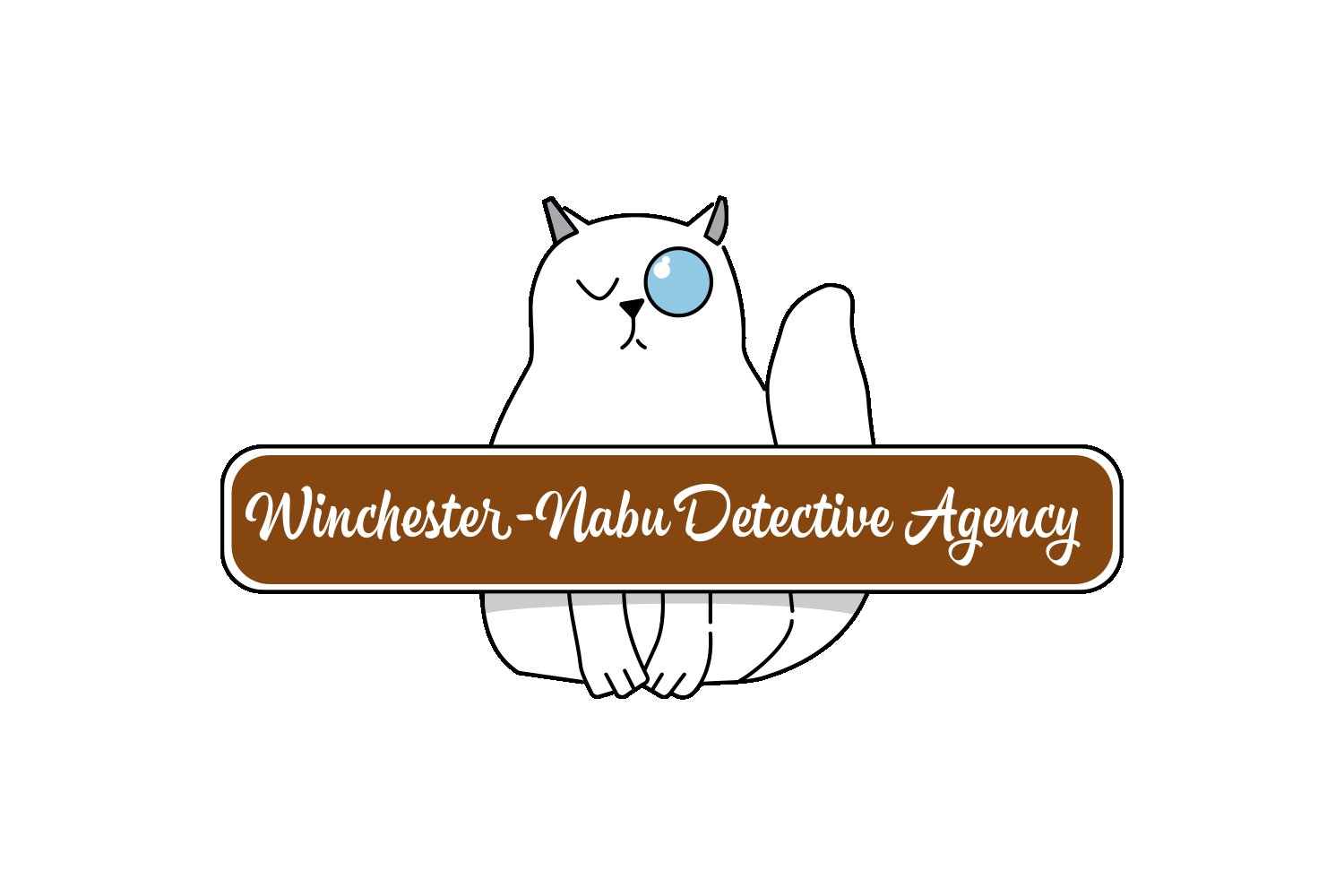

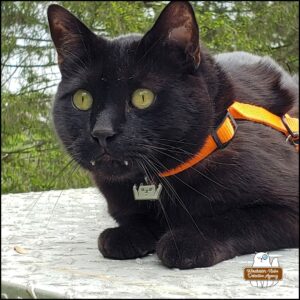
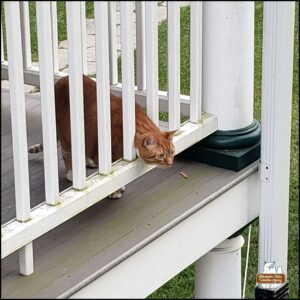
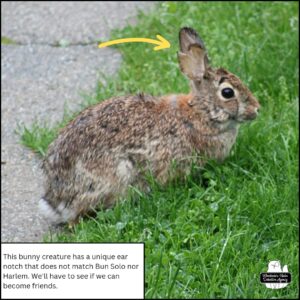

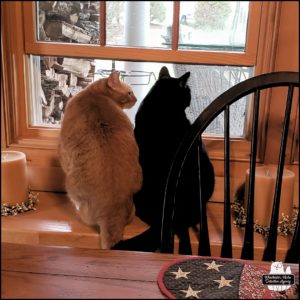
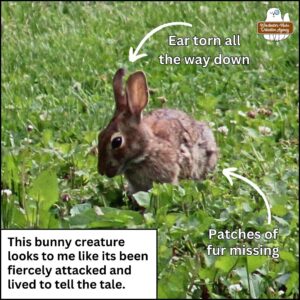
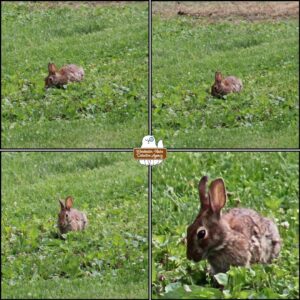
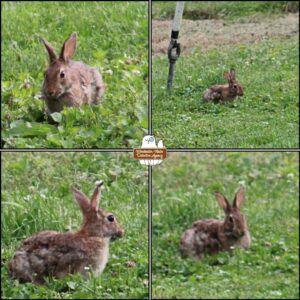
!["This is the rabbit that has looks [sic] like it's been through hell." close up of Split Ear Bunny rabbit with right ear notch and long vertical split (arrow pointing to it); patchy fur (arrow pointing to that); eastern cottontail; wolpertinger](https://www.catdetectivecases.com/wp-content/uploads/2024/06/Split-Ear-Rabbit_20240612-3-300x300.jpg)
